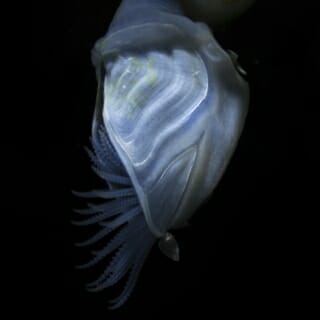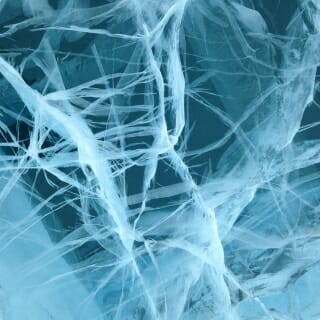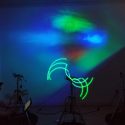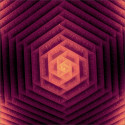Enter your best science images in the 2020 Cool Science Image Contest
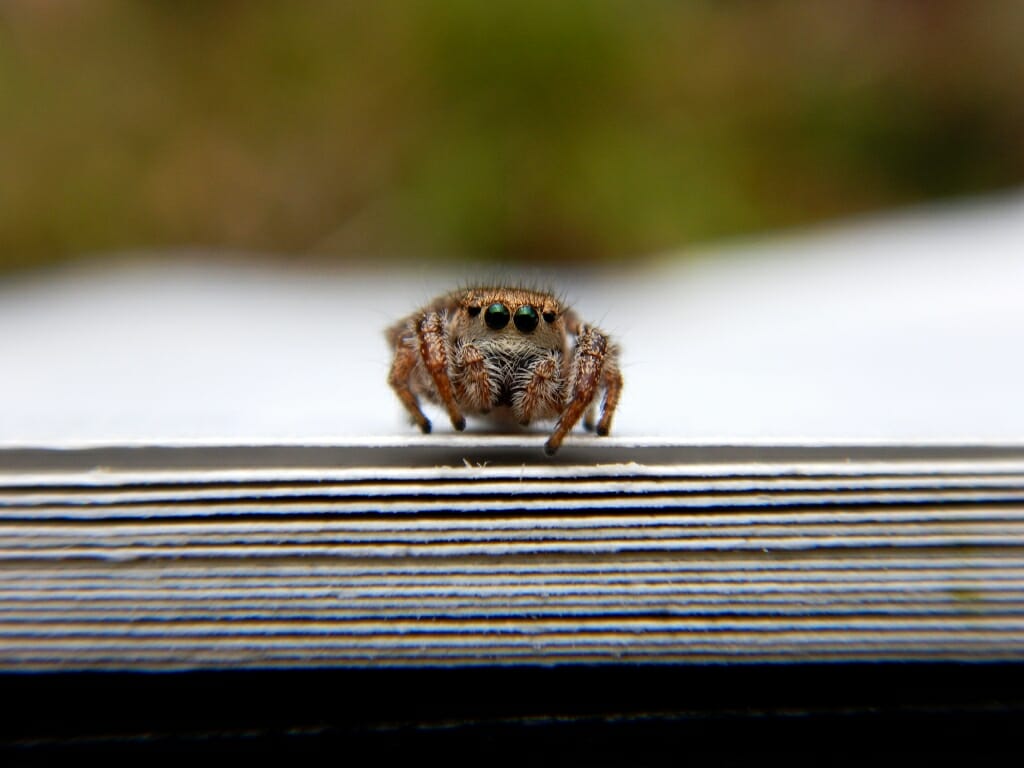
Close-up of a neotropical jumping spider poised on the edge of the pages of a book on a farm in Costa Rica, a winner in the 2017 CSI Contest. Natalia Lucero, undergraduate student majoring in communication arts and environmental studies | digital camera
Seeing is discovering. As University of Wisconsin–Madison students, staff and faculty sift and winnow they produce a continual stream of visual documentation of their discoveries.
To celebrate the exploratory and artistic value of those images and videos, the 10th annual Cool Science Image Contest is soliciting the best visuals from members of the UW–Madison community.
Sponsored by Promega Corp. with additional support from the UW–Madison Arts Institute and DoIT Digital Publishing and Printing Services, the Cool Science Image Contest offers an opportunity to show off compelling science images made by students, staff or faculty.
Hundreds of images and videos — depicting animals, insects, plants, cells, stars, weather, nanoscale compounds and more — have been entered in the contest’s first nine years. Any visual media produced during the course of research, scholarship or self-guided discovery are welcome. Previous winners include distinguished scientists who have gone on to win major international image contests, but every year’s crop of honorees includes dabblers and relative novices who captured something amazing.
Submissions are featured on university websites and other communications, and in exhibits on and off campus. Ten winning images and two winning videos are showcased in a fall exhibit at the Mandelbaum and Albert Family Vision Gallery of the McPherson Eye Research Institute, and for a year at Promega’s Fitchburg headquarters.
To enter your cool science images or videos, visit the contest webpage for guidelines, submission requirements and a link to the entry form. The submission deadline is March 15.
Winners, chosen by a panel of judges with experience in scientific imagery and visual art, will be announced in April. Each winning entry receives $100 in gift certificates for Downtown Madison businesses and a poster-size print of the submission. All qualified entries will be displayed in a slide show at the 2020 Wisconsin Science Festival and during the exhibit at the McPherson Eye Research Institute.

